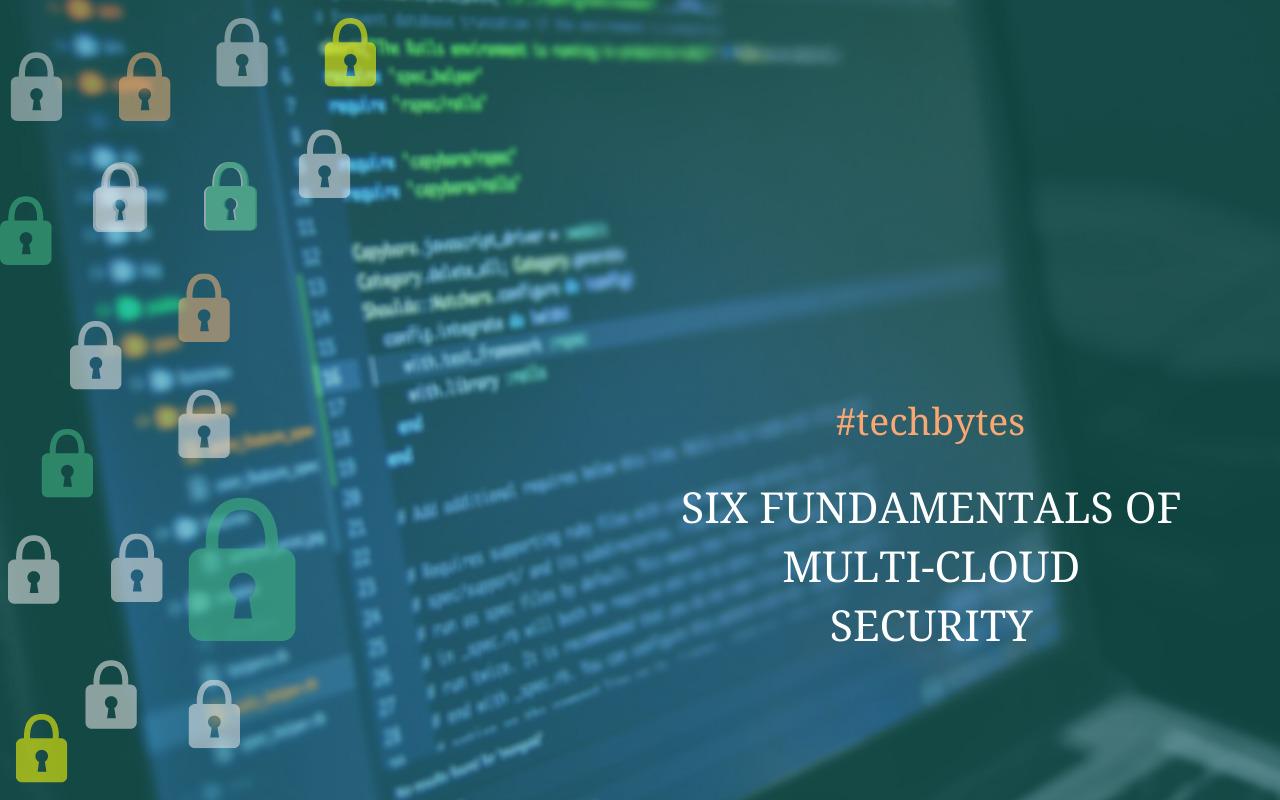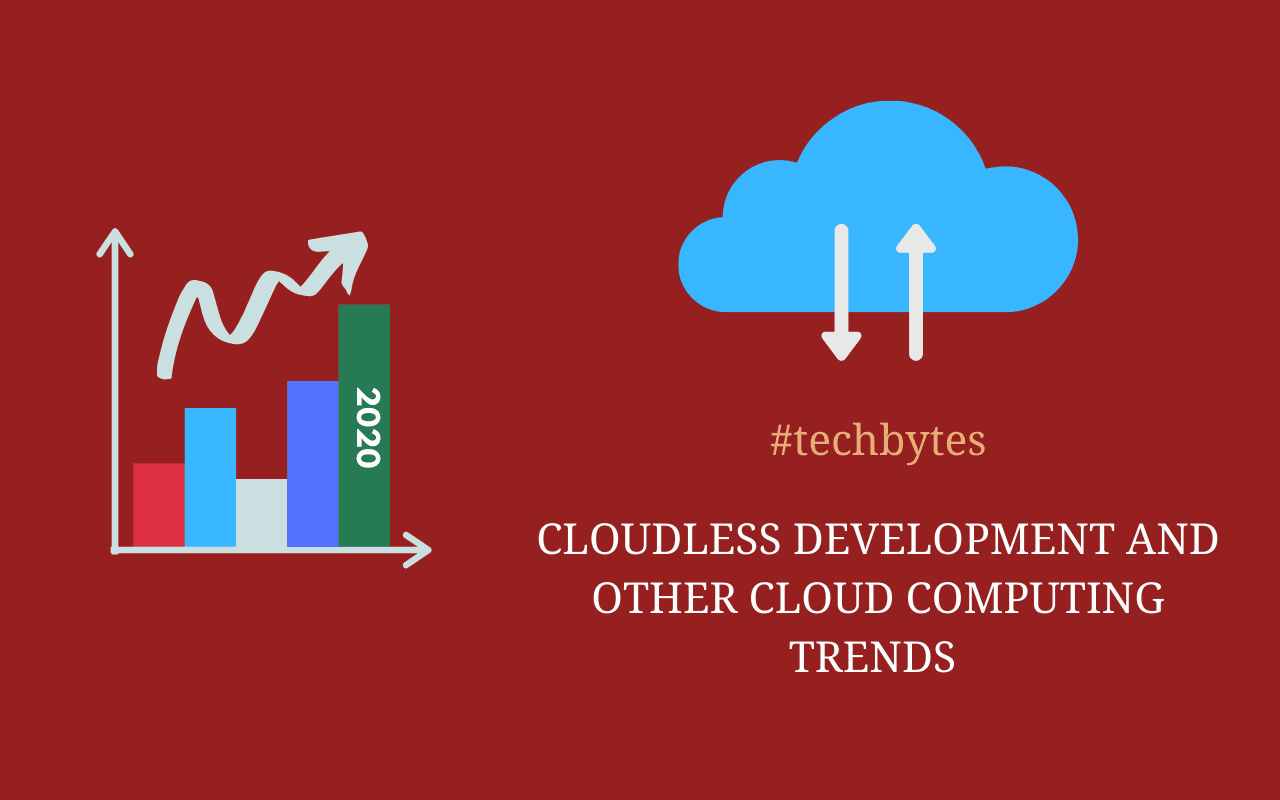
6 Fundamentals Of Multi Cloud Security
Multi-cloud security is important for any business who handles their data through multiple clouds to get things done. The fundamentals of network security are important to use here of course, but there are additional steps that are useful when it comes to handling more than one cloud at a time. Some things to consider when handling your information systems security and any multi-cloud security challenges that come up include:
Security Challenges That Come with Cloud Computing
While cloud computing is a great feature that helps people all around the world, it is so important that all the information placed inside these cloud storage is kept safe. These cloud platform providers need to safeguard the infrastructure and the basic computing, network, storage, and network services that are provided.
However, we must remember that the customers will retain quite a bit of the responsibility when it comes to protecting their applications and monitoring activities. If a user is not careful with choosing a strong password, the cloud platform can only do so much. Even when adding some additional features, like requiring a mixture of letters and numbers in the password or setting a minimum length, the user could leave their cloud service logged on or hand over the information to someone else.
This division of responsibility is something known as the Shared Responsibility model. This means that customers will need to cope with the following:
- They need to handle some of the traditional issues that come with cybersecurity, ones that will affect the workloads in the cloud. Application security, incident detection, social engineering, and vulnerability management are included in this.
- Some new challenges come with cloud platforms. These include a lack of visibility into some of the security events that happen in the cloud, quick changes to the infrastructure, and new threats that may specifically target these cloud services.
Often the fundamentals of network security will need to be applied at the same time as multi-cloud security. This can provide the best safety and security to all data and information that any individual or company adds to the cloud.
Fundamentals of Information Systems Security
There are six fundamentals of multi-cloud security that we can focus on to help make sure data is safe and secure, regardless of what happens with the main infrastructure of the cloud we use. These include:
Identity
If a hacker can become the root user, then everything is lost in the cloud. The first line of defense against this is the passwords of the individual users. Of course, most users are horrible at picking out strong passwords that protect them. They will pick something simple so they can remember, or they write it down somewhere unsafe if the password is more complicated.
A good way to avoid this issue is to work with multi-factor identification. This often includes two or more steps to allow the user onto the cloud. This is harder to break through, and one of the steps may not include a password at all. Add in some strict security management for any privileged accounts that hold more power because these are more likely to get targeted.
Data
The whole point of protecting the identity above is that this identity can be used by hackers and others to access the data found on the cloud. Since it is unlikely someone will break into your office and steal a hard drive to take the data, you need to make the data unreadable when it moves around. Whether the data sits still, goes through emails, or is stored in the memory of a computer or on the cloud, always encrypt it. Many cloud services provide this already because it is such a good tool for helping with data security.
Infrastructure
The more layers you can add between your data and someone on the outside reaching it the safer the data is. Adding passwords and more than one method of authentication is important, but more steps can help. You do not need to go crazy but adding in a sturdy firewall is often a good choice here. This provides some good protection, as does a password around your Wi-Fi, anti-virus, and anti-malware (which should be on your computer already), and strong passwords.
Automation
While this is fundamental to consider, you do need to be very careful with automation. It only takes a small mistake for one of your servers and the whole company can go down. Look towards your company compliance and policies to figure out where you should automate and then add that into the system from the start to make things simple.
Some companies choose to automate quite a bit, and others keep this to a minimum. No matter the choice, add some manual gates and checks into the process. This will help you catch any potential problems early on and can keep your data safer than before.
Collaboration
While this should be obvious since that is one of the main benefits of using the cloud to start with, but you need to set up a way that your system allows collaboration across teams. When everyone works together and knows what is expected of them, fewer mistakes show up, and fewer security threats can occur. A seamless transition of data through all stages is critical here.
Analytics
Clouds have a ton of information and if you put your data into a multi-cloud environment, it will not take long to get exhausted. Your goal here is to add some standardization to the platform, one that will help analyze and ingest any logs that are created on your cloud. Remember here that every cloud you use will come in with its own log, but if you have many clouds, then using a safe and secure third-party platform is often the best choice to make. If possible, send this work to a company that has the tools and resources to look for threats to add more protection.
Multi-cloud security is important to ensure any information you want to handle, whether it is data for data analysis, information about your customers, or data for projects, is kept safe and secure, working through some of the fundamentals of information systems security, and following the six fundamentals above, will help you to keep all that data safe, no matter how many clouds you decide to use.

